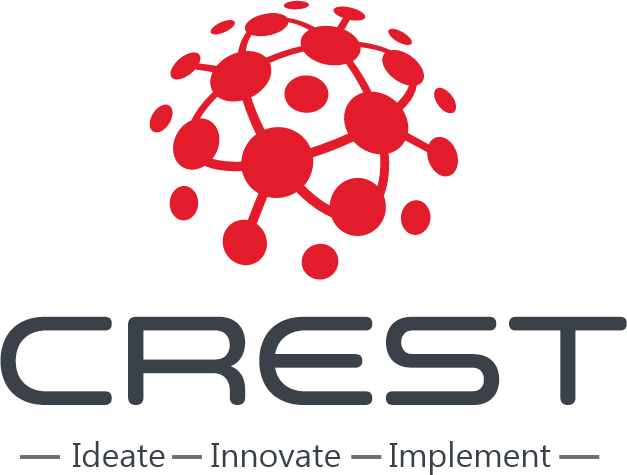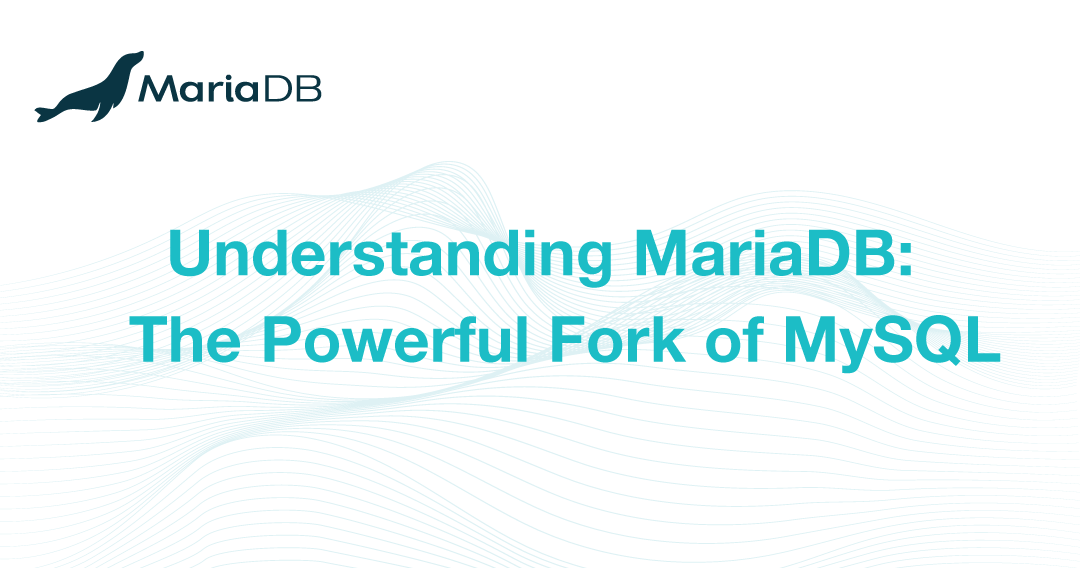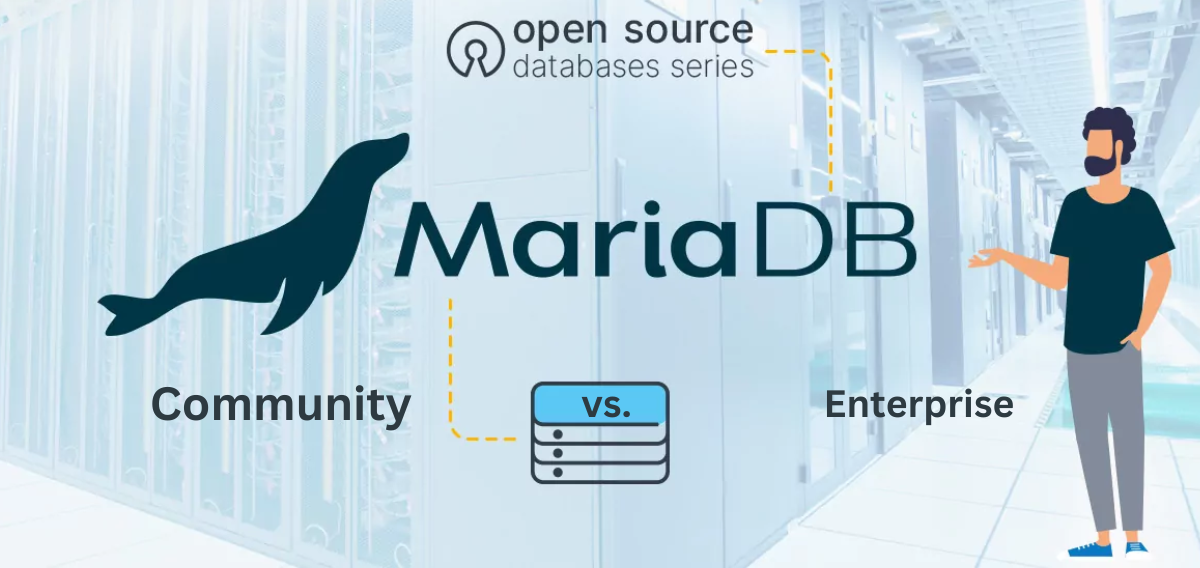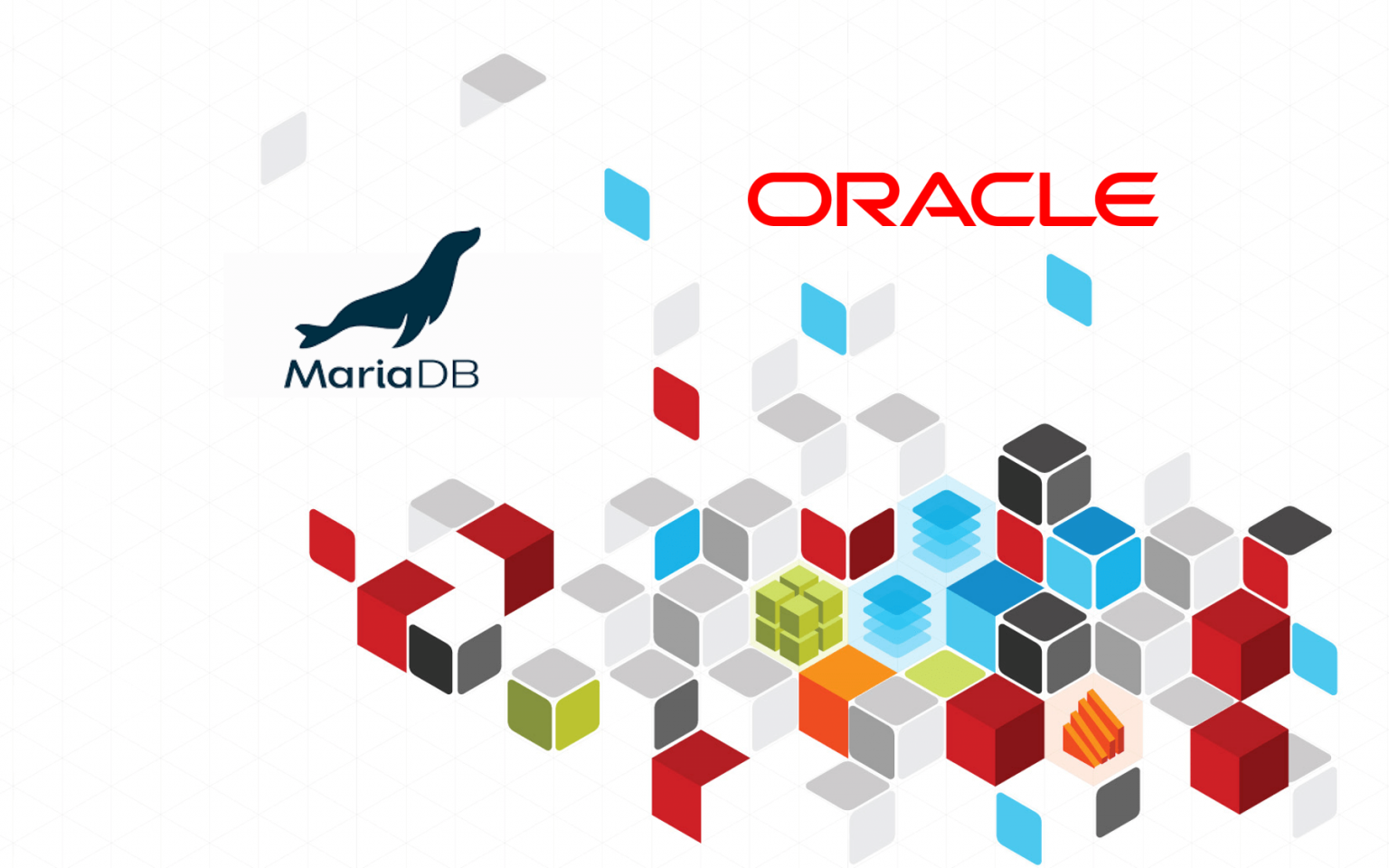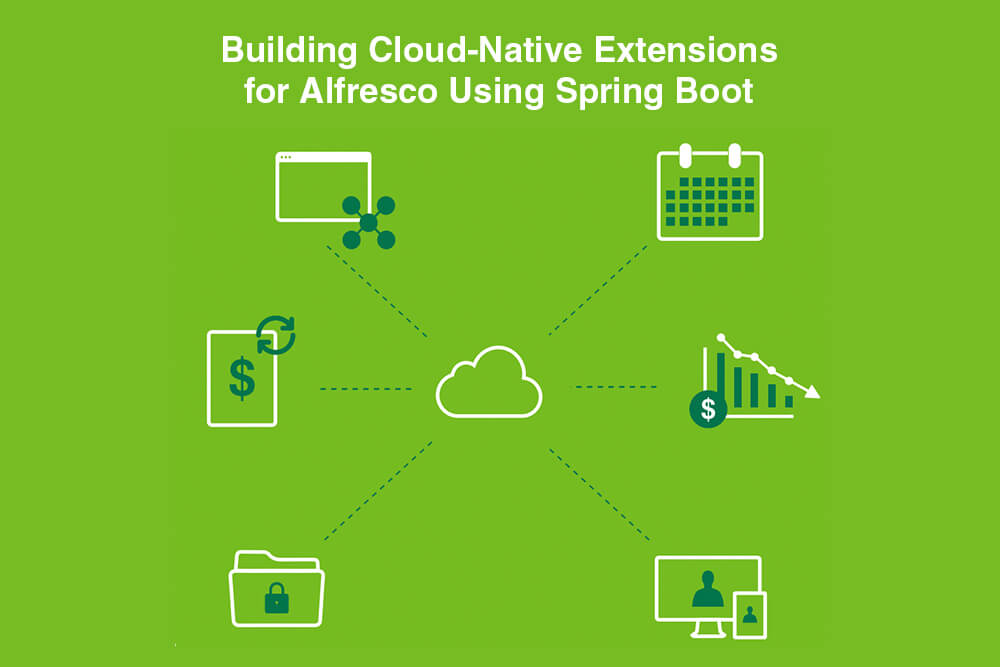Intelligence
Reinforcement Learning (RL) is a branch of machine learning that enables agents to learn decision-making through interaction with an environment. Inspired by behavioral psychology, RL models learn via trial and error, receiving feedback in the form of rewards or penalties. Unlike supervised learning—where models learn from labeled data—RL excels in dynamic environments with uncertain and evolving outcomes.
What Is Reinforcement Learning?
At its core, reinforcement learning trains an agent to achieve a goal within an environment. The agent takes actions based on the current state and receives feedback (reward or punishment), which it uses to refine future decisions.
Key Concepts:
- Agent: The learner or decision-maker.
- Environment: The world the agent interacts with.
- State (S): A snapshot of the environment at a given time.
- Action (A): Possible moves the agent can take.
- Reward (R): A scalar feedback signal indicating the benefit of an action.
- Policy (π): A strategy mapping states to actions.
- Value Function (V): Predicts the long-term reward of a state.
- Q-Function (Q): Predicts the long-term reward of a state-action pair.
Types of Reinforcement Learning
RL implementations fall into three categories:
- Policy-Based: Maximizes rewards by optimizing deterministic policies.
- Value-Based: Focuses on optimizing the value function.
- Model-Based: Uses a virtual model of the environment for training agents.
Popular Reinforcement Learning Algorithms
- Q-Learning: An off-policy method that learns action values without an environment model.
- Deep Q-Network (DQN): Combines Q-Learning with deep neural networks for high-dimensional inputs (e.g., images).
- Policy Gradient: Directly optimizes policies using gradient ascent.
- Actor-Critic: Hybrid approach leveraging both value and policy-based methods.
- Proximal Policy Optimization (PPO): A stable, efficient algorithm widely used today.
Applications of Reinforcement Learning
- Gaming:
- DeepMind’s AlphaGo defeated world champions in Go.
- RL dominates Atari and chess AI.
- Robotics:
- Enables motor control, adaptive locomotion, and object manipulation.
- Autonomous Vehicles:
- Optimizes route planning, lane changes, and obstacle avoidance.
- Finance:
- Powers algorithmic trading and portfolio optimization.
- Healthcare:
- Personalizes treatment plans and hospital resource allocation.
- Recommendation Systems:
- Dynamically adjusts content based on user interactions.
Challenges in Reinforcement Learning
- Sample Inefficiency: Requires extensive interactions for effective learning.
- Exploration vs. Exploitation: Balancing new actions with known rewards.
- Sparse Rewards: Delayed or rare rewards hinder learning.
- Scalability: Demands significant computational resources for complex tasks.
- Safety & Ethics: Ensuring reliable behavior in critical applications (e.g., healthcare, autonomous driving).
The Future of Reinforcement Learning
RL is advancing rapidly, with breakthroughs in:
- Multi-Agent RL: Agents cooperating or competing in shared spaces.
- Offline RL: Learning from pre-collected datasets without live interaction.
- Hierarchical RL: Breaking complex tasks into manageable subtasks.
- RL in NLP: Enhancing dialogue agents and language generation.
Conclusion
Reinforcement Learning bridges artificial intelligence, neuroscience, and control theory. Its ability to emulate human-like learning through interaction makes it indispensable for solving real-world challenges. From gaming and robotics to finance and healthcare, RL is driving the next wave of adaptive intelligence.
